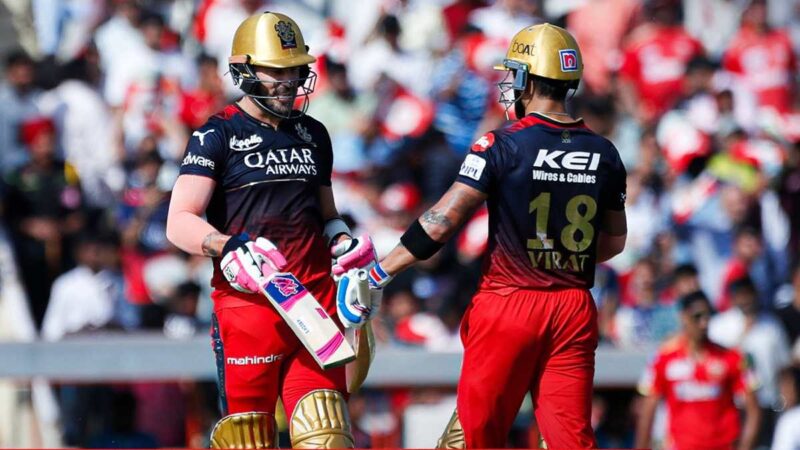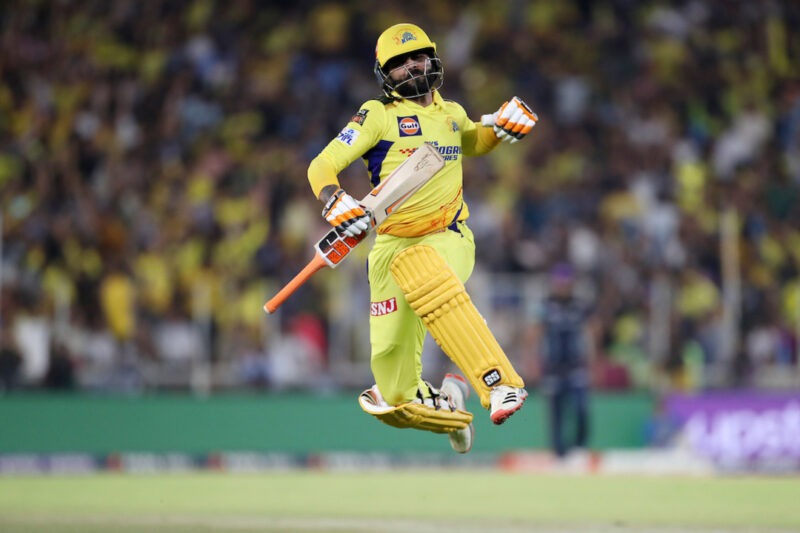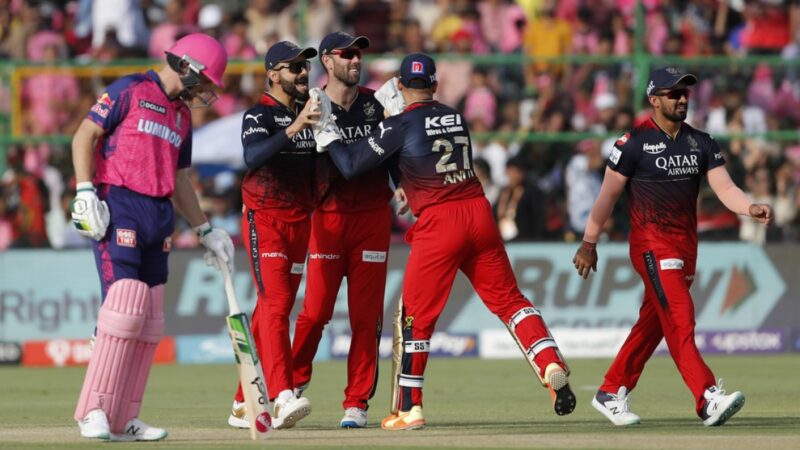Over time, we have become accustomed to witnessing substitutes in football making a significant impact on their team when they come off the bench. Who doesn’t enjoy a late goal from a Super Sub? The concept of substitution in cricket isn’t entirely new, but it has yet to gain much traction. The Super Sub was experimented with in international cricket for a period, and the Big Bash League introduced the concept of strategic substitutes with their X-Factor rule, which could have been more successful. However, in an attempt to add a strategic element to the game, the 2024 Indian Premier League (IPL) has introduced the Impact Player rule. This rule will enable teams to utilize an additional specialist bowler or batter based on the situation in a match. With a crucial modification to the playing conditions allowing captains to name the playing XI after the toss, the upcoming season will effectively feature matches between 12 teammates on each side (although only 11 can bat).
So, what exactly is the Impact Player rule in the IPL?

Unlike those sports, the new norms of IPL only permitted bringing in one impact cricketer instead of multiple players. A replaced teammate will be unable to participate in that match. It will entirely change the outcome of a match. To know the today’s cricket prediction, check here the performance of an impact player. After the toss, the captains must name a playing XI and five substitutes, of which only one cricketer can be brought on as an Impact Player. Furthermore, if a team already has four overseas cricketers in the starting XI, the impact player must be somewhere other than an overseas cricketer. Only if the first XI features fewer than four foreign cricketers, a non-Indian cricketer can be brought in. It is important to note that using this special cricketer is not compulsory. Teams have the choice to decide whether or not to utilize their special teammates.
When can a team use an impact player?
A team can introduce an impact teammate at any time during either inning of the match. He can be brought in before the start of the innings, after an over is completed, after the fall of a wicket, or when a batter retires during an over. He is eligible to bat and bowl a full allotment of four overs. If the bowling team introduces him in the middle of an over, he cannot bowl the remaining balls in that over. It is obvious that the assigned bowler for the over will have to continue bowling and end the over. This teammate can then be chosen to bowl the next or upcoming overs. When the batting team introduces an impact teammate, the player they replace will be considered retired. We all know that only 11 can bat in a T20 inning. In this context, a bowler cannot bat in that inning after replacing any teammate. If any teammate receives an injury, the team captain can replace the injured teammate complying with the IPL match terms and conditions.
Can an impact player be a non-Indian player? If yes, then when?

The impact player can only be an Indian cricketer unless there are fewer than four overseas teammates in the playing XI. In such a case, an overseas player can be used as one as per the rule. However, if a team introduces an overseas cricketer as an impact player in a match, a fifth overseas teammate can only take the field under a particular circumstance. The rule regarding retired batters in an inning states that only 11 players can bat.
What are veteran cricketers saying about this Impact Player rule?
Saba Karim, the Delhi Capitals’ Head of Talent Search, expressed before the auction that introducing this rule brings a new kind of challenge. He believes this rule will provide more opportunities for aspiring and blooming Indian cricketers. Many Indian cricketers who didn’t get a chance in the last season may be considered Impact Players in the upcoming season. Ricky Ponting, the Head Coach of Delhi Capitals, recently stated that this rule almost eliminates the role of all-rounders in the game. Unless they are exceptional and selected primarily as a batsman or bowler rather than as a ‘bits and pieces cricketer, he doesn’t think we will see many teams using such cricketers who bat at number seven and bowl a few overs. Those types of players will eventually become unnecessary for the teams.
Effect of Impact Player on Indian Cricket: Takeaway

The Impact Player rule in the IPL will affect the supply chain of Twenty20 all-rounders and diminish their advantage over specialists. The Indian cricket team, which already has limited all-rounder options, will be further impacted by this rule. The reaction from the veterans and team selection members is also mixed in this aspect. There is no doubt that the introduction of this rule in IPL will open new doors for global cricketers. This rule will be potentially implemented in the T20 formats conducted in different countries if found logical and strategically perfect. In fact, this rule will also result in the reevaluation of all-rounders in the T20 cricket format. The concept of having an “anchor” batter in the XI may become less common as teams can now take more risks with the extra batter provided by the chosen cricketer. India has historically relied on the anchor role in T20 cricket, but this rule change may be a blessing in disguise for the team.
